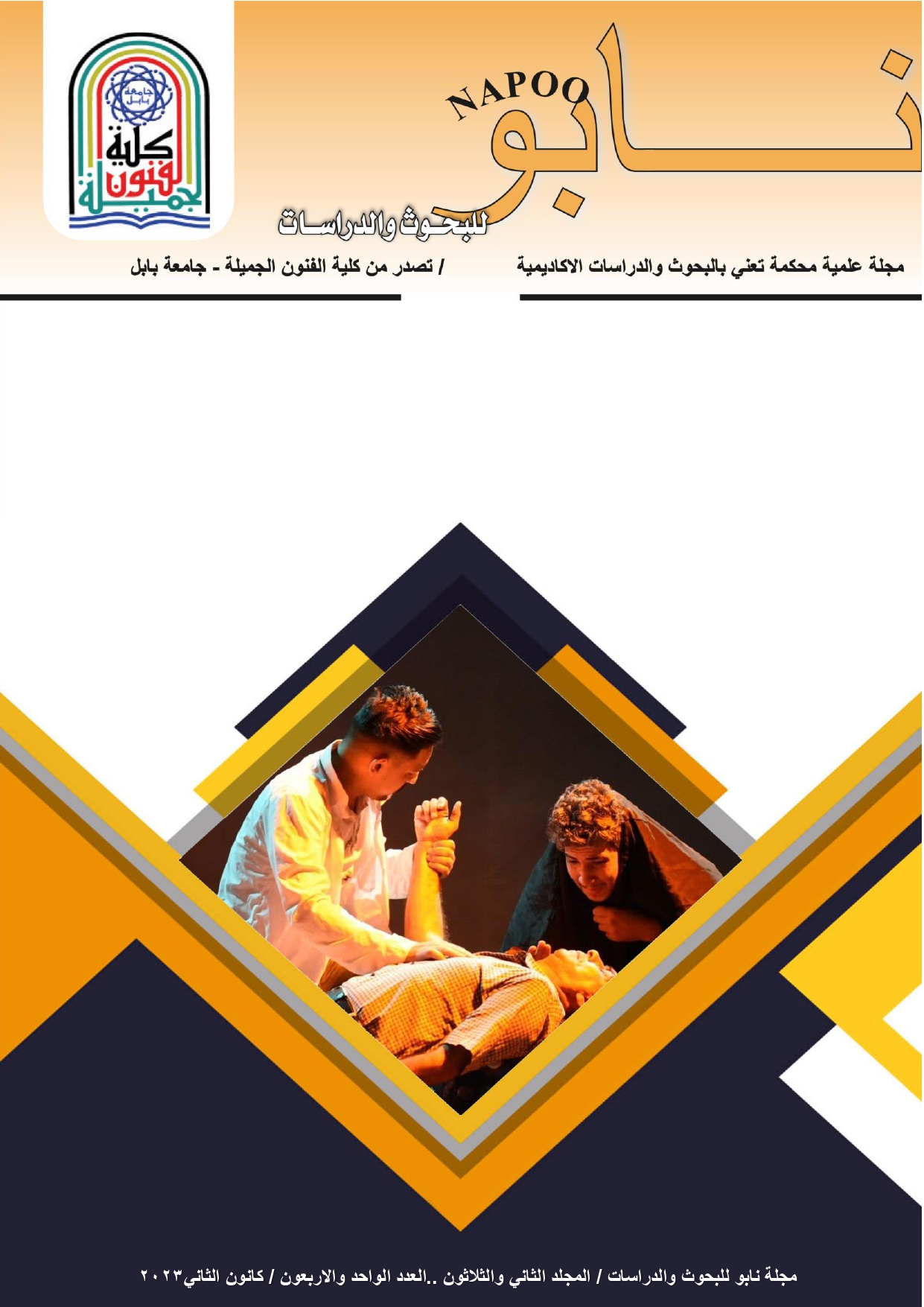The implications of the concept of identity in contemporary Kurdish ceramics
Abstract
AbstractThe research, by study and analysis, investigates the practices of totalitarian systems and their productivity of fictitious equations in the fine field. How was it represented in the fine text? Is totalitarianism multiple and changing systems or a fixed system? To determine the goal of the research by revealing: The foundations of totalitarianism 2 - Totalitarian practices in contemporary formation. Then comes the importance of the research, which was determined by the fact that it was an epistemological reading of the concept of totalitarianism as one of the strategies and techniques of power in controlling culture and art, which allows a broader understanding of art products. As for the limits of the research, they were objectively determined by studying the totalitarian regimes in contemporary art and temporally, the period from 1938 - 1961, spatially Germany, Italy, Russia and China. The second chapter included two sections, the first was determined by providing a reading in the concept of totalitarianism, while the second was totalitarian systems and the productivity of plastic discourse, then the third chapter represented the research procedures according to the method used, the research community, the research sample, the tool, the analysis of the sample of (3) models and finally the fourth chapter, which It included the results and conclusions, and the research reached to identify three techniques of totalitarianism, which are:
1. The manufacture of political icons as heroic figures, a practice that falls under the principle of publicity and promotion, but rather playing on ideas to create an ideal image of the party and its ideology, which contributes to enticement and gain the loyalty of the masses, which is what we find in all totalitarian regimes (Nazi - Fascist - Stalinist - Maoist).2. Focusing on the self and creating a transcendent image of the ego as a kind of admiration for identity and self and openness to nationalism through reviving the past and cultural heritage, which is what Nazism and fascism did.3. Activating class ideology as a tool to play on the instincts and desires of the masses. When totalitarian regimes align themselves with the working class and elevate it by creating a heroic image of the working individual, this image is nothing but a kind of utopia that is not devoid of shadowing the facts as it does not reflect reality but is a repetition and response to the practice ideology




